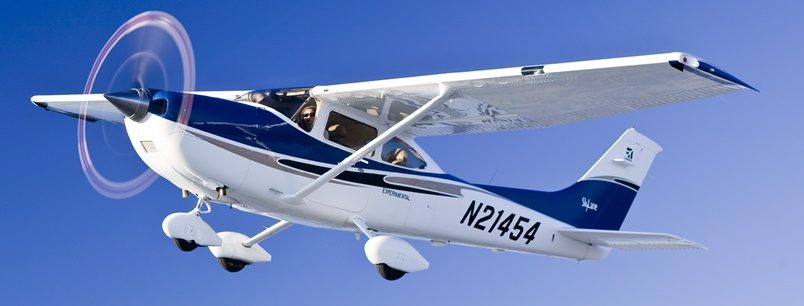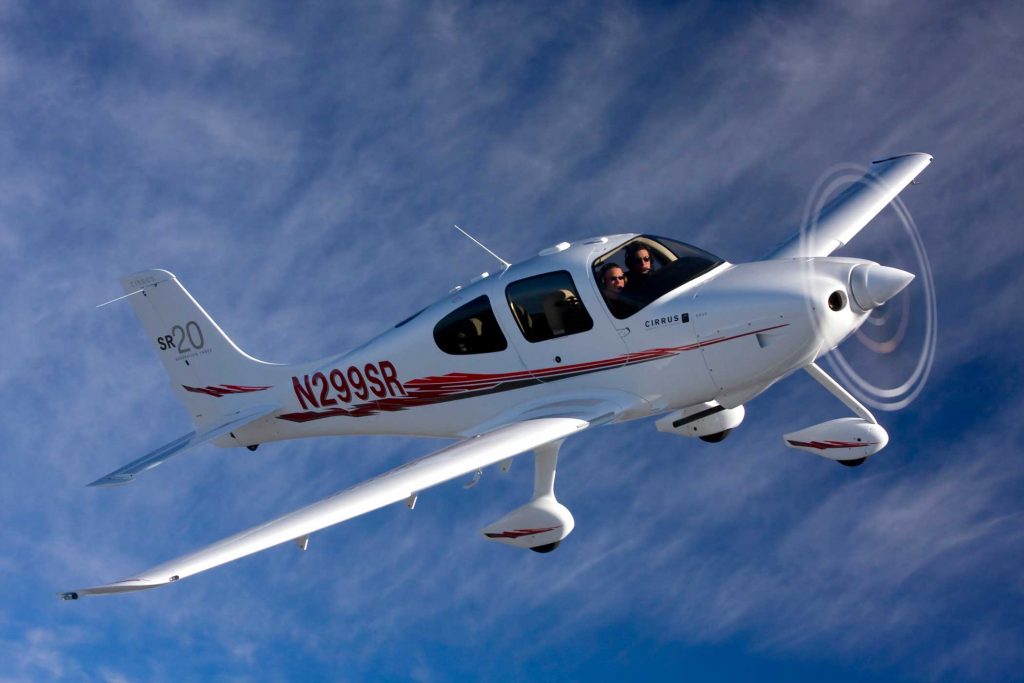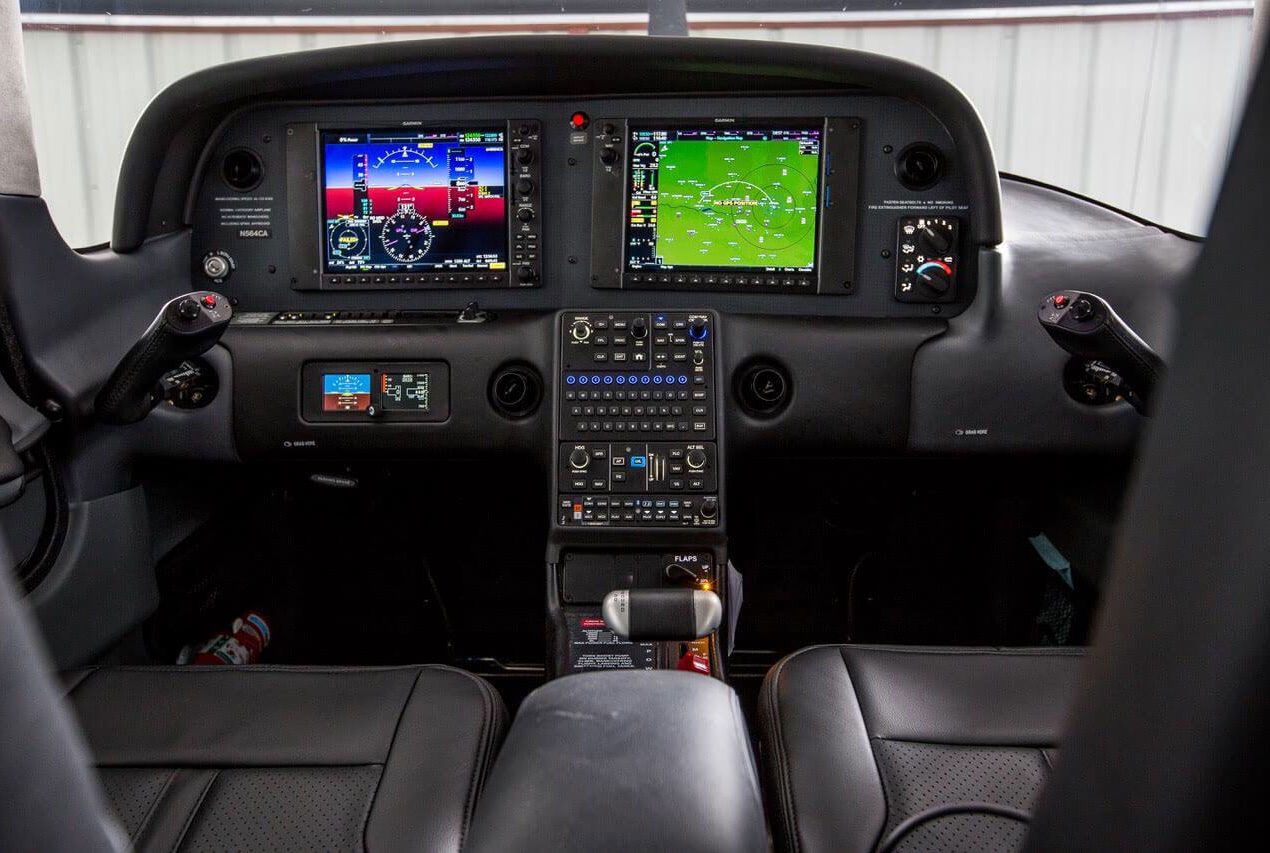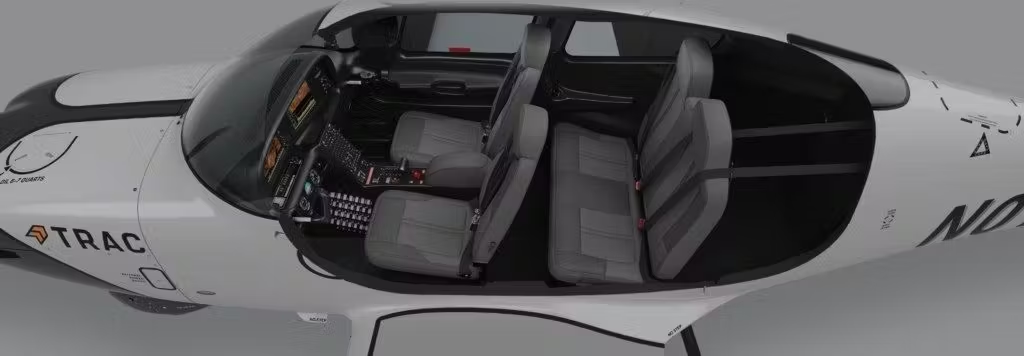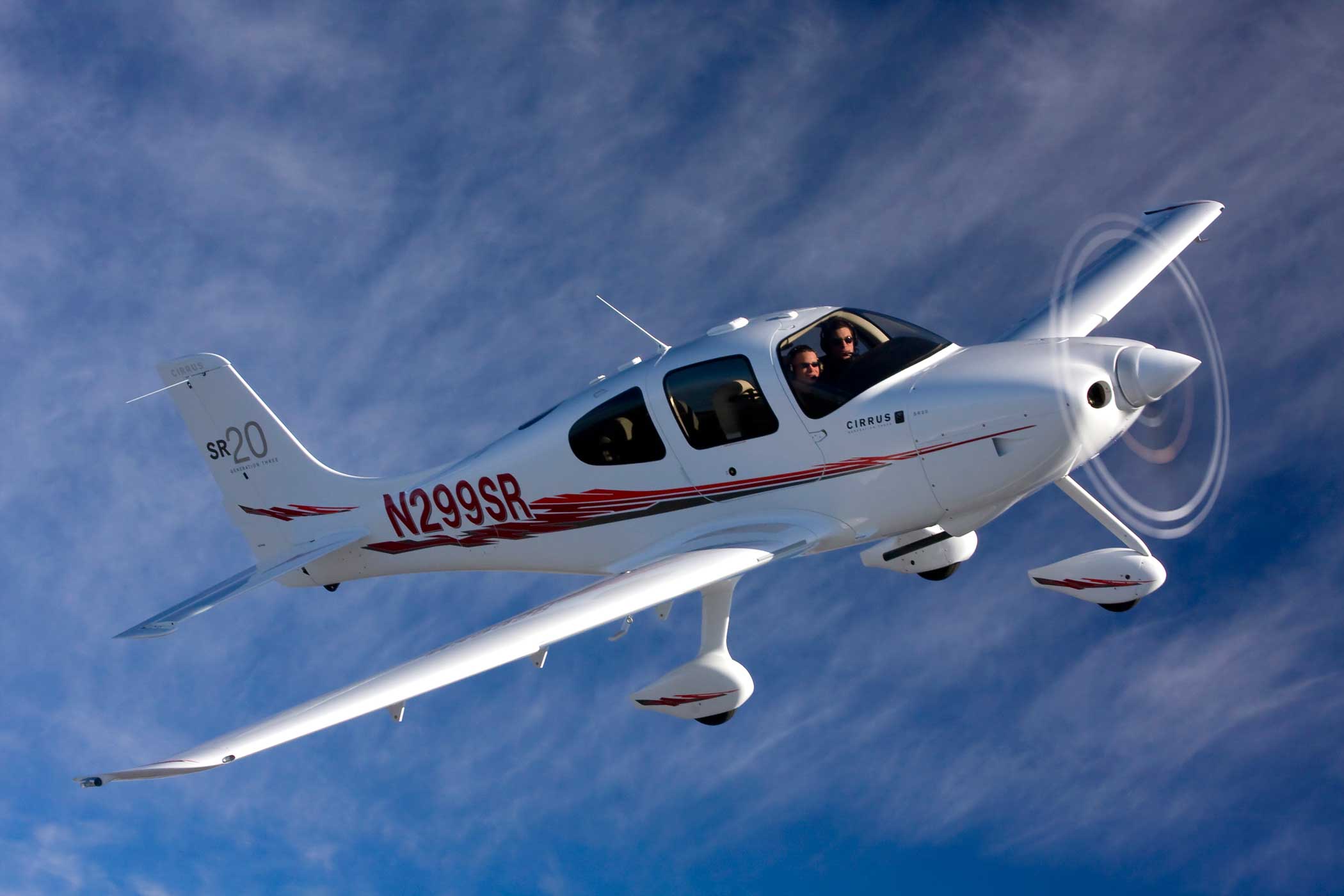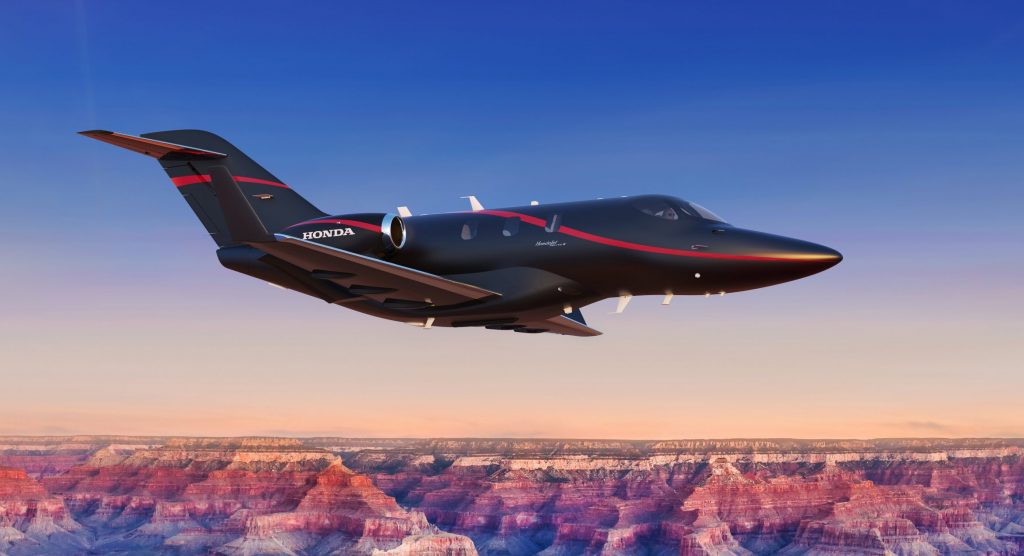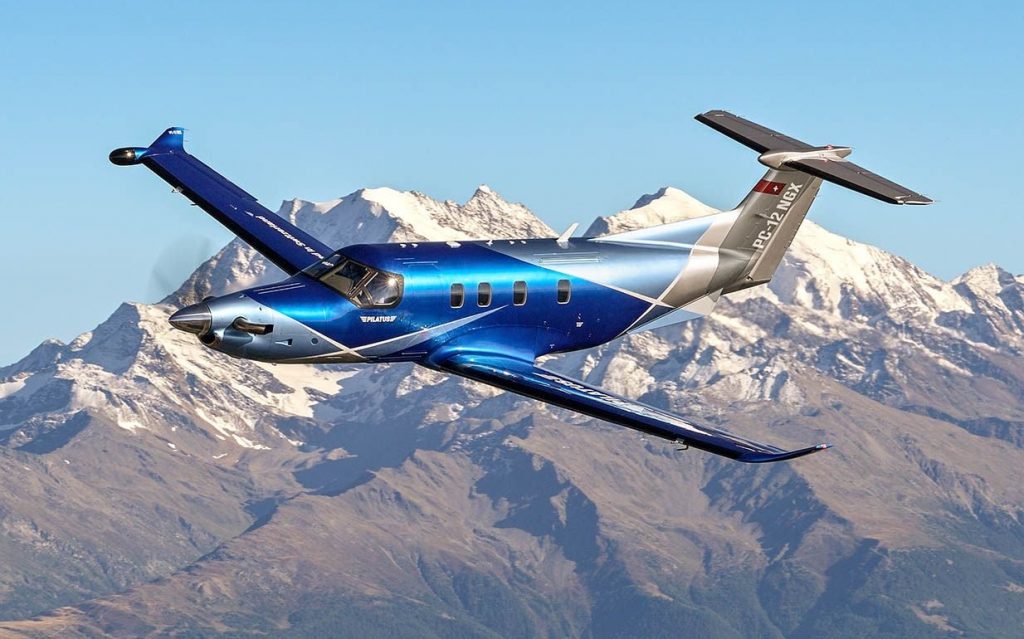Cirrus SR20 Ease in Buying and Selling Private
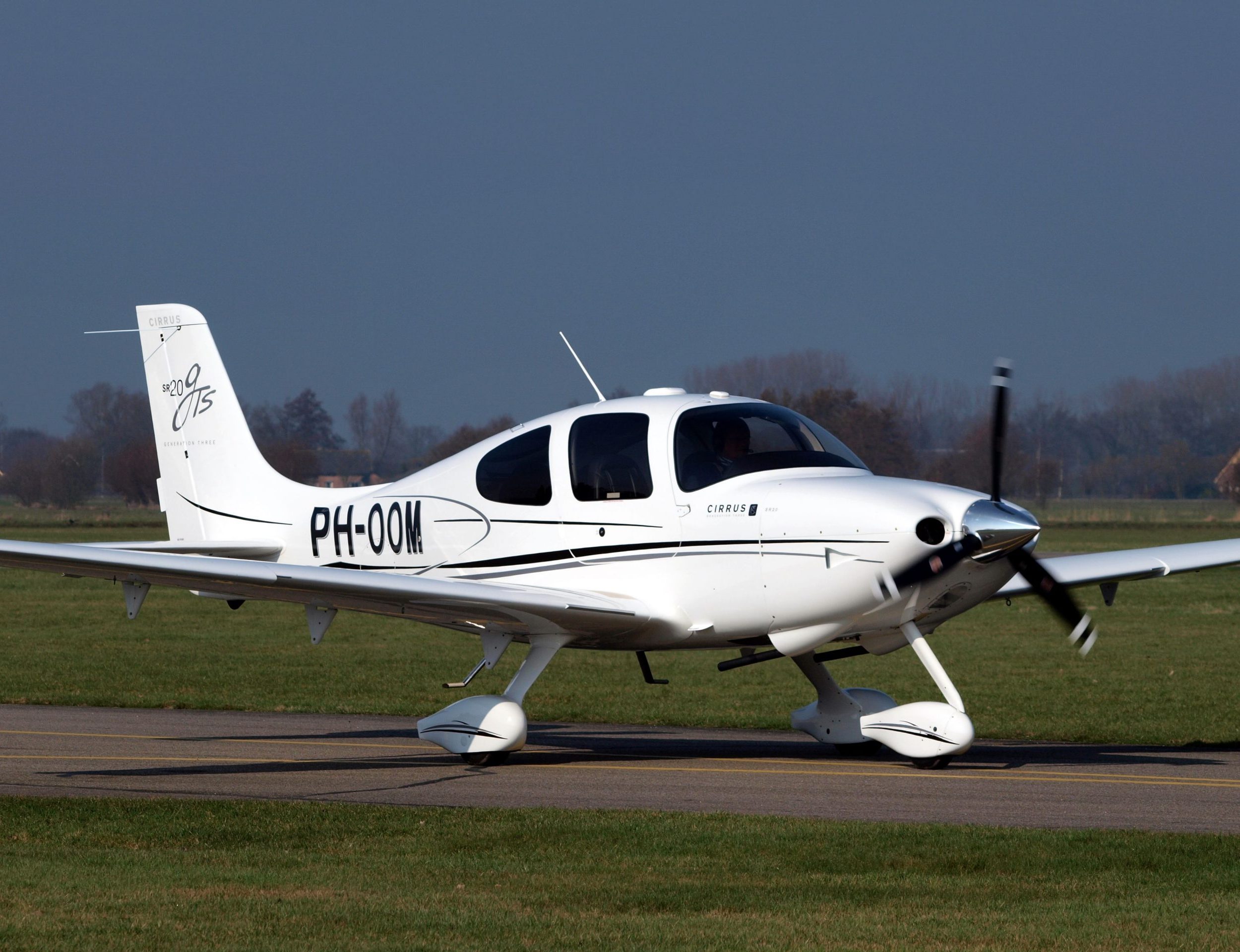
Welcome to the world of aviation! In our article today, we take flight with the awe-inspiring Cirrus SR20 aircraft, whose iconic design and advanced features have revolutionized the aviation industry. From its development in the late ’90s to its widespread use in private ownership and flight training, we will explore the various aspects that make this aircraft a standout choice. We’ll delve into its unique features, performance specifications, and how it measures up against its competitors. For experts and beginners alike interested in the aviation market, this article offers comprehensive insights on why the Cirrus SR20 stands tall as one of the best private planes for beginners.
Cirrus SR20 Design Inspirations
The Cirrus SR20, admired worldwide for its blend of technology, safety and luxury, didn’t just happen by chance. The design inspirations drawn for crafting this masterpiece of aviation greatly contribute to its distinct appeal. Let’s delve deeper into these design inspirations.
Influence from Automotive Luxury
One of the major inspirations while designing the Cirrus SR20 was luxury automobiles. The aircraft’s interior bears striking similarities to high-end car interiors, providing a sense of luxury and comfort to pilots and passengers alike.
BMW Interior Elements
The Cirrus design team drew significant influence from one of the world’s premium car manufacturers – BMW. The interior of the Cirrus SR20 showcases an evidently meticulous approach to detail, similar to BMW’s handcrafted interior features. The spacious, plush seats, bespoke trim levels, and even the layout of the cockpit in the SR20 — all bear a resemblance to the comforts and ergonomics you’d find in a luxurious BMW sedan. This influence of high-end automotive design inside an aircraft cabin has indeed set the Cirrus SR20 apart in its category, offering unmatched in-flight comfort and luxury.
NASA-Inspired Cuffed Wing Design
In some respects, the Cirrus SR20 even takes design cues from space science. The aircraft features a NASA-inspired cuffed wing design — an innovation aimed at safety enhancement. The distinctive ‘cuffed’ design allows the outboard section of the wing, where the ailerons are, to stall later than the inboard section. This ensures that even during a stall, pilots can maintain control of the aircraft using the ailerons, enhancing handling characteristics and overall safety during flight. The result is an aircraft that not only looks good, but also offers superior flight and safety performance.
With these inspirations and innovations combined, it’s no wonder that the Cirrus SR20 continues to be one of the most preferred aircraft by aviation enthusiasts and pilots worldwide.
Innovative Features of the Cirrus SR20
One of the primary reasons why the Cirrus SR20 continues to shine as a top choice among aviation enthusiasts is its innovative design. The aircraft features advanced aviation technology – from the impressive Cirrus Airframe Parachute System (CAPS) to its unique all-composite construction.
Introduction of the Cirrus Airframe Parachute System (CAPS)
The Cirrus Airframe Parachute System (CAPS) is an integral part of what makes the SR20 stand out. Introduced as a safety enhancement, CAPS brings a unique approach to emergency scenarios, providing an added layer of safeguard for the pilot and passengers.
CAPS is designed to control the descent of the aircraft, making it land safely in case of an in-flight emergency. This pioneering parachute system represents an advancement in aviation safety – a commitment Cirrus places above all else. CAPS has saved countless lives over many years of operation, reinforcing the reputation of the Cirrus SR20 as a reliable and safe aircraft.
All-Composite Construction Benefits
When it comes to construction, the Cirrus SR20 is an absolute pioneer. The aircraft is known for its all-composite construction, a departure from traditional aluminium building. The composite materials – composed of combinations of carbon fibre and fibreglass – make the aircraft lighter than those built from traditional materials.
This all-composite construction translates to several benefits. For starters, composites make the SR20 more fuel-efficient, leading to long-distance flights being more economical. Secondly, the lighter weight of the aircraft means it can hit higher speeds. Finally, all-composite construction is resistant to corrosion, which significantly extends the lifespan of the aircraft.
In summary, the Cirrus SR20 stands as a testament to innovation in the aviation industry. The introduction of the Cirrus Airframe Parachute System (CAPS) and the adoption of all-composite construction have not only ushered the SR20 into a class of its own, but also set the standard for future aircraft to follow.
Avionics Revolution in the Cirrus SR20
The Cirrus SR20 is more than just a sleek and modern aircraft; it’s a beacon of innovation within the aviation industry. One of the most significant advancements can be seen in the SR20’s avionics, the electronic systems used on the aircraft, including navigation, communication, and flight management functionalities.
Transition from Analog to Glass Cockpits
The dawn of the 21st century marked an essential transformation within the aviation industry, notably in avionics technology. The classic analog dials and gauges that once filled the cockpit started giving way to digital displays—ushering in the era of the “glass cockpit.” The Cirrus SR20 is a prime example of this technological evolution.
The aircraft’s cockpit is equipped with a state-of-the-art glass panel that incorporates all the essential avionic functions into digitized, easy-to-read displays. This modern interface not only reduces pilot workload by presenting data more intuitively but also enhances safety by improving situational awareness.
The transition from analog to digital didn’t just signal a breakthrough in technology; it also reflected a change in design philosophy. The focus shifted from a cockpit overloaded with individual mechanical instruments to a simplified, streamlined interface that prioritizes information clarity and accessibility.
Garmin Perspective+ Avionics Suite
The crown jewel of the SR20’s glass cockpit is undoubtedly the Garmin Perspective+ avionics suite—the standard in general aviation avionics. This interface combines innovative features, sophisticated capabilities, and intuitive controls to deliver unparalleled levels of situational awareness, safety, and pilot comfort.
The Garmin Perspective+ suite is designed to maximize convenience and reduce pilot workloads. It features a large, high-resolution primary flight display (PFD), multifunction display (MFD), and two Garmin GTC touch screen controllers. These offer an easy-to-navigate layout for controlling navigation, communication, and approach systems.
Key features include synthetic vision technology, which provides a 3D depiction of terrain, obstacles, and traffic for an enhanced situational awareness. There’s also a Flight Stream 510 for wireless database updates, enabling flight plan transfer from pilots’ mobile devices, and an autopilot system that simplifies flight and increases safety.
The Garmin Perspective+ avionics suite takes the SR20’s glass cockpit to new heights of sophistication, contributing to its status as an aircraft that truly represents the future of private aviation. The aircraft’s avionic revolution sets a new standard for the industry, providing pilots with the utmost clarity, convenience, and control.
Safety as a Priority in Cirrus SR20
Safety has been a top priority for Cirrus Aircraft, a factor evidenced in the Cirrus SR20 model. The company revolutionized the safety measures incorporated into private aircraft, making considerable strides in ensuring maximum safety during flights.
Details of the CAPS System
The Cirrus Airframe Parachute System, also known as CAPS, is one of Cirrus Aircraft’s significant safety innovations. A parachute-based system, CAPS is designed to protect the entire aircraft during a mid-air emergency, allowing the airplane and its occupants to descend safely to the ground.
The CAPS system, a standard feature in every Cirrus SR20 plane, is the first whole-aircraft parachute in the aviation industry. It deploys from the back of the aircraft, slows the plane down, and brings it gently to the ground in case of an emergency, such as engine failure or pilot incapacitation. This innovative safety measure has saved hundreds of lives since its inception.
Roll Cage Design for Crash Protection
In addition to CAPS, the Cirrus SR20 features a specially engineered roll cage. While most light aircraft are made of aluminum, the SR20 adds an extra layer of safety with a robust roll cage. This feature, typically found in racing cars, has been incorporated to protect occupants from impact during a crash or hard landing.
The roll cage in the SR20 is constructed of advanced composite material, creating a protective zone around the cabin. This structure is designed to absorb and distribute impact energy, significantly reducing the risk of injury in the event of an accident. This safety design demonstrates Cirrus Aircraft’s commitment to pioneering features that provide an extra safety margin for its pilots and passengers.
With these safety innovations, the Cirrus SR20 demonstrates how a commitment to safety can drive design decisions and reshape the industry’s standards for private aircraft.
Performance Specifications of the Cirrus SR20
The performance of any aircraft ultimately determines its capabilities. Here we will look at some key performance specifications including the engine details, cruise speed, range, and fuel efficiency.
Overview of Engine Details: Lycoming IO-390
Aircraft performance hinges heavily on its power-plant, and the Cirrus SR20 is powered by a potent Lycoming IO-390 engine. Rated at 215 horsepower, this four-cylinder, fuel-injected engine contributes to the reliable performance characteristics of the SR20. Its unique balance of power and fuel efficiency makes the aircraft both economical and robustly powerful.
The IO-390 engine boasts direct-drive and air cooling, ideal for the environmental challenges of flight. It is known for its reliability, longevity, and low maintenance costs. Moreover, with an average TBO (Time Between Overhaul) of 2000-2200 hours, the Lycoming IO-390 ensures that the Cirrus SR20 remains airborne for longer periods with fewer service interruptions.
Cruise Speed, Range, and Fuel Efficiency
The Cirrus SR20 exhibits impressive numbers when it comes to cruise speed, range, and fuel efficiency – essential factors for any would-be buyer or aviation enthusiast.
With a max cruise speed of around 155 knots (289 km/h), the SR20 ensures that distances are covered quickly, significantly reducing flight times. Whether you’re taking a cross-country business trip or a leisurely excursion, the Cirrus SR20 gets you to your destination swiftly.
The SR20’s range is also notable. Capable of covering around 700 nautical miles with a 45-minute fuel reserve, this single-engine piston aircraft certainly does not disappoint when it comes to traveling long distances. This is incredibly useful to anyone looking to embark upon an extended journey without the worry of numerous fuel stops.
Fuel efficiency is another stronghold – the SR20 is equipped with advanced engine management systems and lean-of-peak operation, allowing it to conserve fuel without sacrificing performance. This efficiency results in a lower operating cost, making the Cirrus SR20 a perfect blend of performance, capabilities, and cost-effectiveness.
In summary, the Cirrus SR20 scores highly in performance specifications. Its powerful engine, superb cruise speed, considerable range, and notable fuel efficiency make it a top choice among single-engine aircraft for private ownership and flight training alike.
The Evolution of the Cirrus SR20 Over Time
Since its debut, the Cirrus SR20 has gone through numerous updates, each time enhancing its features and refining its performance. This continuous growth has led to an evolving range of models – from G2 to G6 – while retaining the original essence that defined it as a revolution in the aviation industry.
From G2 to G6 Updates
The journey from the G2 to the G6 model has been a testament to Cirrus’ commitment to ongoing improvement. Each new generation brought something innovative to the aviation industry. The G2 model introduced various avionic upgrades and interior improvements, delivering a more refined flying experience. The G3 model took things further, enhancing aerodynamics and fuel efficiency with the introduction of composite wing spar technology.
The subsequent G5 model saw increased maximum takeoff weight and more useful load, while G6, the latest model, introduced new technologies like Cirrus Perspective+™ by Garmin, luxury automotive-inspired Spectra Wingtip Lighting, premium finishes, and an enhanced Cirrus IQ to provide real-time aircraft data. Thus, the modifications across generations have ensured the Cirrus SR20 remains a market leader in private aviation.
Market Reception Across Decades
The SR20’s innovative design, solid performance, and unwavering emphasis on safety have been well-received by the market. Pilots and aircraft owners worldwide acknowledge its ease-of-use, comfortable cabin design, and advanced safety features, contributing to soaring sales. Over the years, Cirrus’ dedication towards enhancing flying experience has resulted in the SR20 garnishing high praise and widespread adoption.
From its initial launch to the present day, the aircraft still holds its position in the high-performance, single-engine piston market. According to reports, the sales have consistently outpaced industry competitors, proving its unwavering popularity. To this day, the Cirrus SR20 remains a symbolic aircraft in the aviation industry, reflecting the potential of innovation and design in shaping the future of flight.
The evolution of the Cirrus SR20 underlines the brand’s constant push to innovate while improving upon their tried-and-true models, making it a versatile and reliable choice for both private owners and flight training providers.
Customer Testimonials and Stories
Customers have continually expressed their satisfaction with the Cirrus SR20 – particularly applauding its ease of use and robust safety measures.
Ease of Use and Safety Praises
Many first-time buyers commend the Cirrus SR20 for its intuitive controls and navigation system. A testament to its thoughtful design, the SR20 has been praised for its simplicity in operation even for novice pilots. One testimonial from a newly certified private pilot states, “The SR20 demystified flying for me. Its straightforward controls made my transition from training aircraft seamless.”
Safety, too, is a recurring theme in client reviews. The Cirrus Airframe Parachute System (CAPS), unique to the Cirrus models, has been noted for instilling confidence in both pilots and passengers. A longtime owner and pilot shared in his review, “The peace of mind that comes with knowing the CAPS parachute is there just in case is priceless. It makes flying more enjoyable and less stressful.”
Real-Life CAPS Deployment Stories
The impact of the Cirrus Airframe Parachute System (CAPS) takes on a more profound significance in real-life deployment stories. Several pilots have attested to the life-saving capability of this innovative feature.
One pilot recounts a harrowing experience where engine failure occurred mid-flight over a densely forested region. He shares, “With no suitable landing in sight, I made the decision to trigger the CAPS. It was undoubtedly the reason I am here to tell this tale.” His account reinforces the very essence of why Cirrus insists on incorporating CAPS in their aircraft – it is, quite literally, a life-saver when situations take a turn for the worse.
Another testimonial comes from a female pilot who suffered spatial disorientation during a night flight. In her account, she says, “Activating the parachute saved my life. The CAPS system not only saved me but also demonstrated its effectiveness in a real-world scenario.”
Stories like these only fortify the Cirrus SR20’s unparalleled standing in the aviation market, with both the safety of its passengers and the ease of operation at the heart of its design.
Why Choose a Cirrus SR20?
The Cirrus SR20 has made a name for itself in the world of aviation due to its innovative features, advanced safety mechanisms, superior aerodynamics, and luxurious comforts. This highly sought-after aircraft brings together all the essential elements of an excellent plane – performance, safety, and reliability into a sleek single-engine design that is sure to captivate any aviation enthusiast.
Summary of Key Selling Points
The primary selling points of the Cirrus SR20 that sets it apart from its competitors are manifold.
Innovative Safety Features: The Cirrus SR20 is the first production general aviation aircraft equipped with a whole airplane parachute, the Cirrus Airframe Parachute System (CAPS), adding an extra layer of safety and peace of mind for both pilot and passengers.
Advanced Avionics: With a technologically advanced cockpit fitted with the Garmin Perspective+ avionics suite, pilots get access to the latest in-flight instrumentation and integrated avionics for intuitive control and increased situational awareness.
Impressive Performance and Efficiency: Powered by the reliable Lycoming IO-390 engine, the aircraft offers impressive speed and efficiency. With a cruise speed of approximately 155 knots and a range of over 800 nautical miles, it’s perfect for cross-country trips and training flights.
Comfort and Luxury: The SR20’s luxurious interior takes cues from high-end automobiles, offering a comfortable passenger experience that is perfectly complemented by the smooth ride the aircraft’s design promises.
Ideal Buyer Profiles
The Cirrus SR20 is ideally suited for a range of buyer types, making it a versatile choice in the private aviation sector.
New Pilot: The SR20’s user-friendly avionics, seamless handling, and comprehensive safety features make it a fantastic aircraft for new pilots. Its intuitive setup means even less experienced flyers can pilot the plane successfully.
Flight Schools: Its safety features, coupled with excellent flight performance, make the SR20 a popular choice for flight schools. The aircraft’s forgiving flight characteristics and advanced avionics offer an ideal learning platform.
Private Owners: For private owners, the SR20’s combination of luxury, performance, and innovative safety features make it an attractive option for both cross-country travel and weekend flying.
When it comes to reliable and sophisticated aircraft, the Cirrus SR20 undoubtedly stands as a prime choice in the aviation market. Those seeking an aircraft that delivers on all fronts, be it safety, performance, or comfort, look no further than Cirrus SR20.
